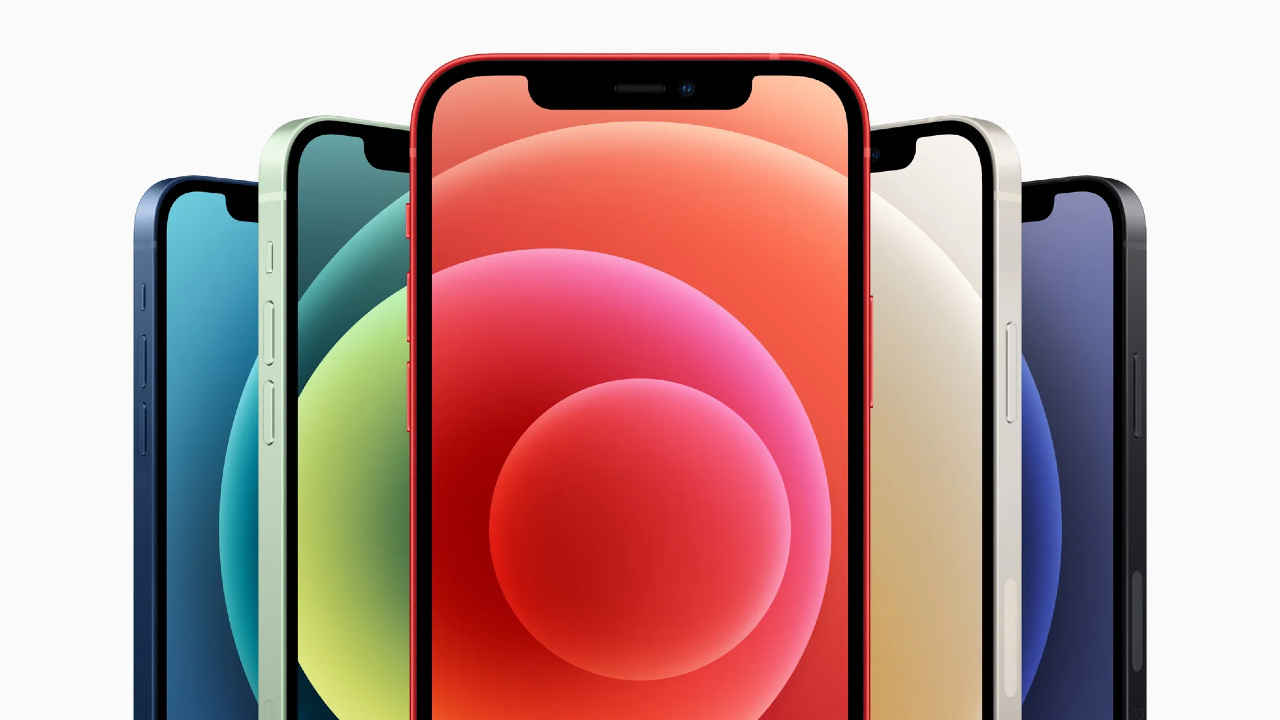Apple iPhone 13 likely to get an in-display Touch ID and a smaller notch
Some Barclays analysts have predicted that the iPhone 13 will have an in-display Touch ID.
Analysts also say that Apple will be shrinking the notch on the iPhone 13.
The two changes have been long-awaited.

As we approach the last month of the first quarter of 2021, this year's iPhone 13 series has started making headlines already. The latest rumour about the upcoming iPhone is that it is "likely" to have an in-display Touch ID sensor and a smaller notch. The new information corroborates with a report claiming the same last month.
 Survey
SurveyThe information is said to be coming from representatives from inside the Apple supply chain as reported by MacRumors, quoting Barclays analyst Andrew Gardiner and his colleagues. Although not all analyst predictions turn out to be correct, Barclays analysts have been quite accurate in the past. Some of their notable predictions include the removal of the charger from the box, the arrival of True Tone in iPhone 8/iPhone X and the removal of the headphone jack.
iPhone 13 predictions by analysts
As mentioned, the two key predictions are about the in-display fingerprint sensor and a smaller notch that houses the front camera and Face ID sensors. The analysts further say that iPhones will retain the Face ID alongside the in-display Touch ID and users may use either of them to unlock the phone.
It is also being said that the Face ID will see some improvements that will allow Apple to cut down the size of the notch which has been a blindspot for Apple since the iPhone X was released.
In addition to this, the note shared by analysts goes on to say that the LiDAR depth-sensing technology on the iPhone 13 will continue to be exclusive to the Pro models just like the iPhone 12 series.
The need of the hour
Apple was the first to bring biometric-based Touch ID on smartphones and was also the first to get rid of it in total favour of Face ID – it's face unlock tech.
Undoubtedly, Apple's Face ID is the best, most secure and easy to use version of face unlock, but it has its own downsides. Most Android phones still rely on fingerprint sensors, be it a physical one or in-display. Sadly, even Apple didn't see the pandemic coming where the world got behind a mask, leaving iPhone users with no option but to type the pin. While that's something they might have not predicted, it's still a pain to peek or pick up the iPhone to unlock it when it's lying flat on the table. So adding the Touch ID again would make the lives of iPhone users much easier.
Similarly, where iPhone's competitors and even phones one-fourth of its price have got rid of their notches, it's still stuck with the chunk since iPhone X. While it's understandable that Apple packs a whole lot of sensors in there for Face ID, but it's been a while and a solution expected. People have got used to it on iPhones, and it isn't really a hurdle to usability, but making it smaller will separate the iPhone 13 from the old models.